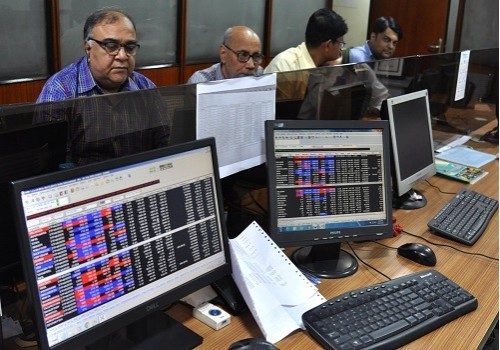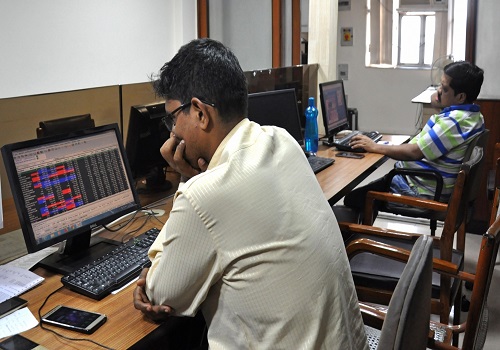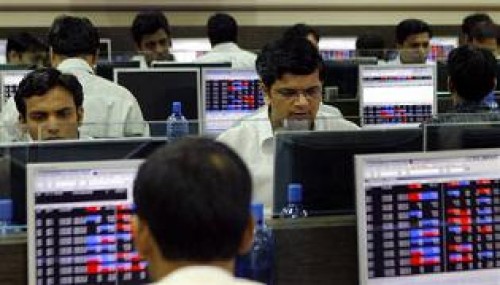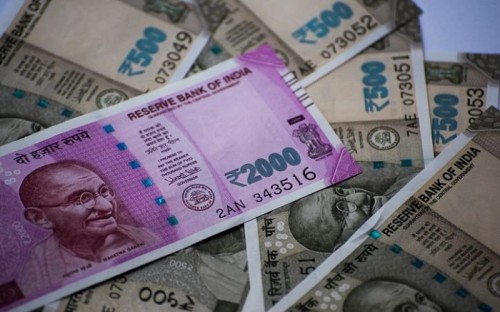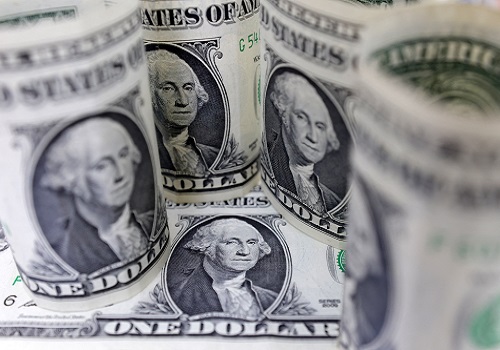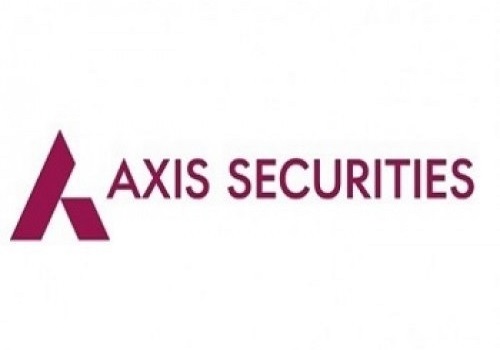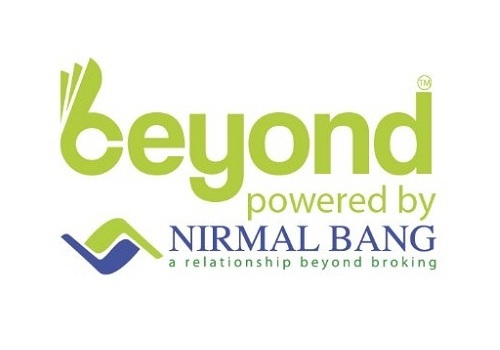Benchmarks close at day's low on Tuesday
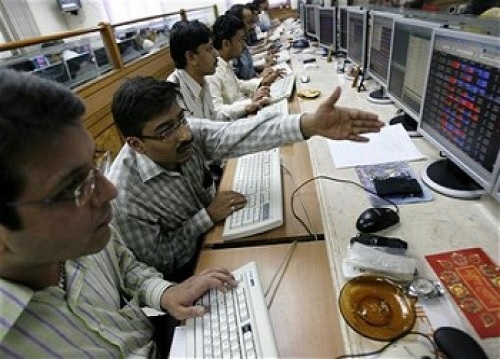
Follow us Now on Telegram ! Get daily 10 - 12 important updates on Business, Finance and Investment. Join our Telegram Channel
Indian equity benchmarks failed to hold intra-day recovery and closed at day's low on Tuesday tracking deep losses in basic materials, realty and telecom stocks amid widespread selling pressure in global markets. Key gauges made flat-to-positive start, as traders took some support with RBI article stating that India’s overall economic activity remains strong, driven by an upbeat consumer confidence and uptick in bank credit, and expectations that Omicron may turn out to be a flash flood rather than a wave have further brightened the prospects. Some support also came with Commerce and Industry Minister Piyush Goyal’s statement that the country is on track to achieve the $650 billion export target set for goods and services in the ongoing fiscal year (FY22). However, markets soon turned negative as traders got anxious with a private survey report stating that in the wake of COVID-19 and new digital operations, banking and financial institutions have been struggling to deal with an increasing number of fraud incidents and the trend is expected to continue.
Key indices extended fall in late afternoon deals, as the sentiments remained downbeat with Crisil Ratings’ report stated that securitisation volume growth slowed to around 8 percent on year to Rs 29,000 crore in the quarter ended December 31, 2021 (Q3FY22), on higher risk aversion amid the third wave of COVID-19. Traders were also cautious with private report stated that the fast-spreading third wave of COVID-19 has undone the gains achieved due to resumption of business since the end of the lethal second wave last year. Meanwhile, tightening rules for initial public offering (IPO), Sebi has put a cap on the usage of the issue proceeds for unidentified future acquisitions and restricted the number of shares that can be offered by significant shareholders.
On the global front, Asian markets ended mostly lower on Tuesday, European markets were trading lower as a rise in two-year U.S. Treasury yields reflected expectations for a Fed policy rate hike as soon as March. Back home, on the sectoral front, stocks related to airline industry were in focus with Crisil’s report warned that hit by the third wave of the COVID-19 pandemic and soaring fuel prices, airlines are flying towards record losses with a likely loss of a whopping Rs 20,000 crore for the full fiscal year. Besides, telecom industry’s stocks were in action as the Department of Telecom amended telecom licences to enable service providers to roll out machine-to-machine communication -- a service which is considered as a key driver of 5G adoption -- in the country.
Finally, the BSE Sensex fell 554.05 points or 0.90% to 60,754.86 and the CNX Nifty was down by 195.05 points or 1.07% to 18,113.05.
The BSE Sensex touched high and low of 61,475.15 and 60,662.57, respectively and there were 7 stocks advancing against 23 stocks declining on the index.
The broader indices ended in red; the BSE Mid cap index fell 2.20%, while Small cap index was down by 1.92%.
The lone gaining sectoral index on the BSE was Bankex up by 0.16%, while Basic Materials down by 2.76%, Realty down by 2.62%, Telecom down by 2.61%, Auto down by 2.29% and Metal down by 2.26% were the top losing indices on BSE.
The top gainers on the Sensex were Axis Bank up by 1.83%, HDFC Bank up by 0.53%, ICICI Bank up by 0.48%, Kotak Mahindra Bank up by 0.34% and Dr. Reddy's Lab up by 0.25%. On the flip side, Maruti Suzuki down by 4.05%, Ultratech Cement down by 3.83%, Tech Mahindra down by 3.54%, HCL Technologies down by 3.09% and Tata Steel down by 2.86% were the top losers.
Meanwhile, Reserve Bank of India’s (RBI) article has said that India's overall economic activity remains strong, driven by an upbeat consumer confidence and uptick in bank credit, and expectations that Omicron may turn out to be a flash flood rather than a wave have further brightened the prospects. It stated, on the vaccination front, India has made rapid strides. On the Omicron variant, the recent data from the UK and South Africa suggest that such infections are 66 to 80 per cent less severe, with a lower need for hospitalization.
It mentioned that there are indications that supply chain disruptions and shipping costs are slowly easing, although the waning of inflation may take longer. This provides a window of opportunity to focus all energies on accelerating and broadening the global recovery.
It also said that data for early January 2022 (up to January 12) indicate growth in digital payments, although the recent surge in infections may pose a concern going forward. Nevertheless, the payment industry is expected to display resilience owing to availability of varied checkout options and rising digital. The central bank said the views expressed in the article are those of the authors and do not necessarily represent the views of the Reserve Bank of India.
The CNX Nifty traded in a range of 18,350.95 and 18,085.90 and there was 6 stocks advancing against 43 stocks declining on the index.
The top gainers on Nifty were Axis Bank up by 1.78%, ICICI Bank up by 0.45%, HDFC Bank up by 0.43%, Dr. Reddy's Lab up by 0.40% and Nestle India up by 0.39%. On the flip side, Maruti Suzuki down by 4.07%, Tata Consumer Product down by 3.94%, Ultratech Cement down by 3.81%, Eicher Motors down by 3.67% and Grasim Industries down by 3.62% were the top losers.
European markets were trading lower; UK’s FTSE 100 decreased 55.09 points or 0.72% to 7,556.14, France’s CAC decreased 83.50 points or 1.16% to 7,118.14 and Germany’s DAX decreased 194.87 points or 1.22% to 15,738.85 .
Asian markets ended mostly lower on Tuesday, pressured by surge in US Treasury bond yields amid bets on the US Federal Reserve's faster rate hikes in 2022. The US central bank’s interest rate-setting committee has signalled three rate hikes in 2022, is widely expected to announce the first rate increases in March. Further, Covid-19 concerns also weighed on market sentiments. Japanese shares declined marginally as the Japanese central bank (BOJ) maintained its monetary policy stimulus unchanged and lifted its inflation forecast for the next fiscal year, citing a rise in commodity prices. Meanwhile, the Japanese government is likely to apply quasi-emergency priority measures to 13 prefectures, including Tokyo, Kanagawa and Aichi, where infections with the novel corona-virus are rapidly spreading. However, Chinese shares gained as investors continues to digest the policy rate cuts from the People’s Bank of China from the day before, which opened the door to more monetary easing actions ahead.








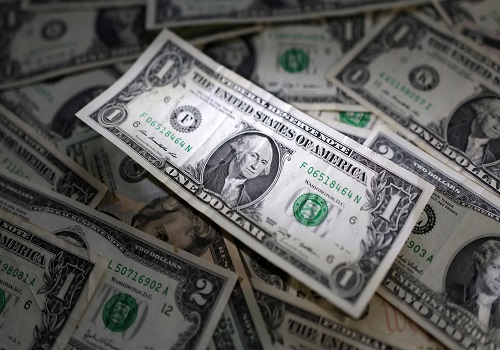

Tag News

Weekly Market Analysis : Markets strengthened recovery and gained nearly 2% in the passing w...
